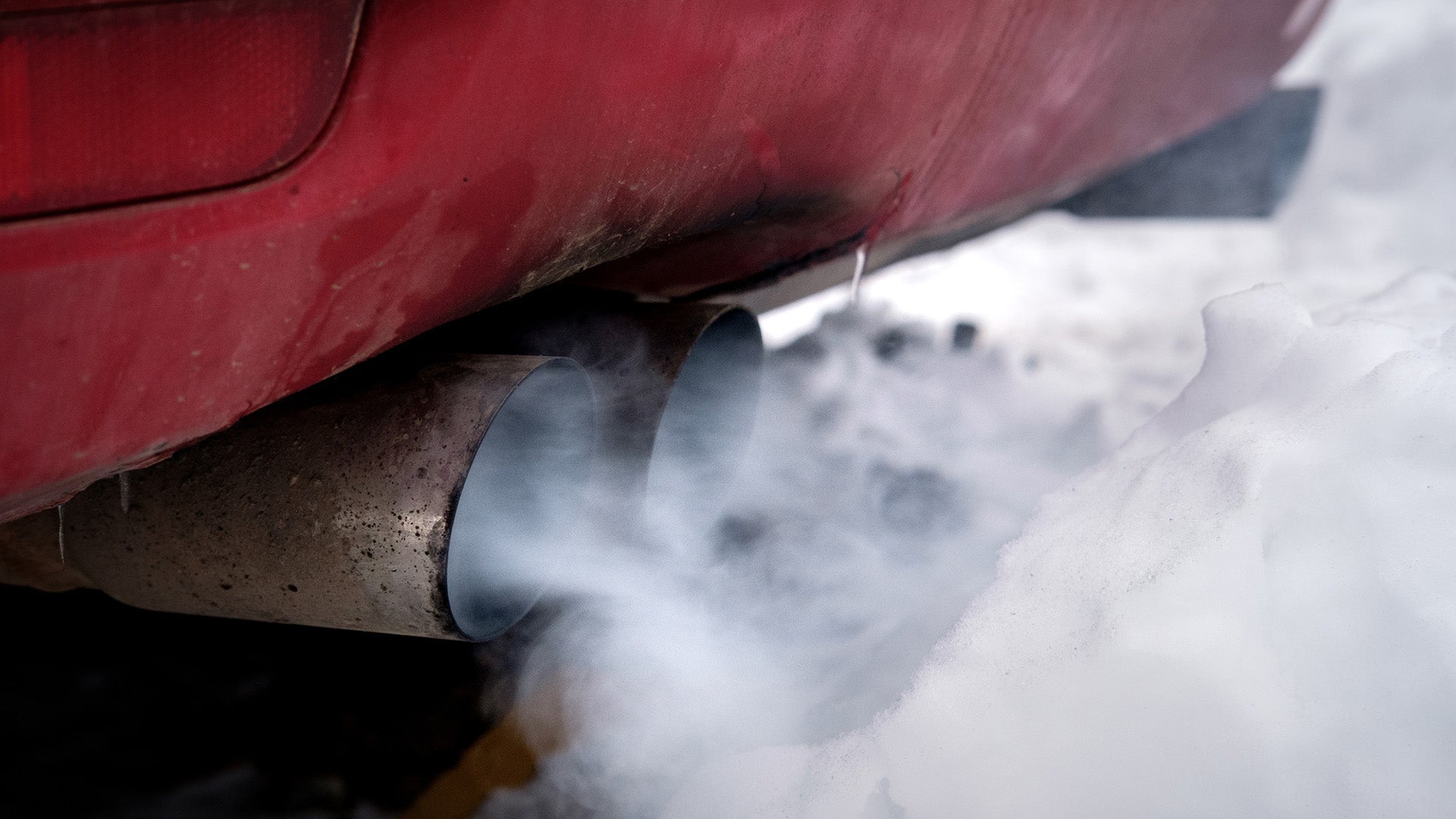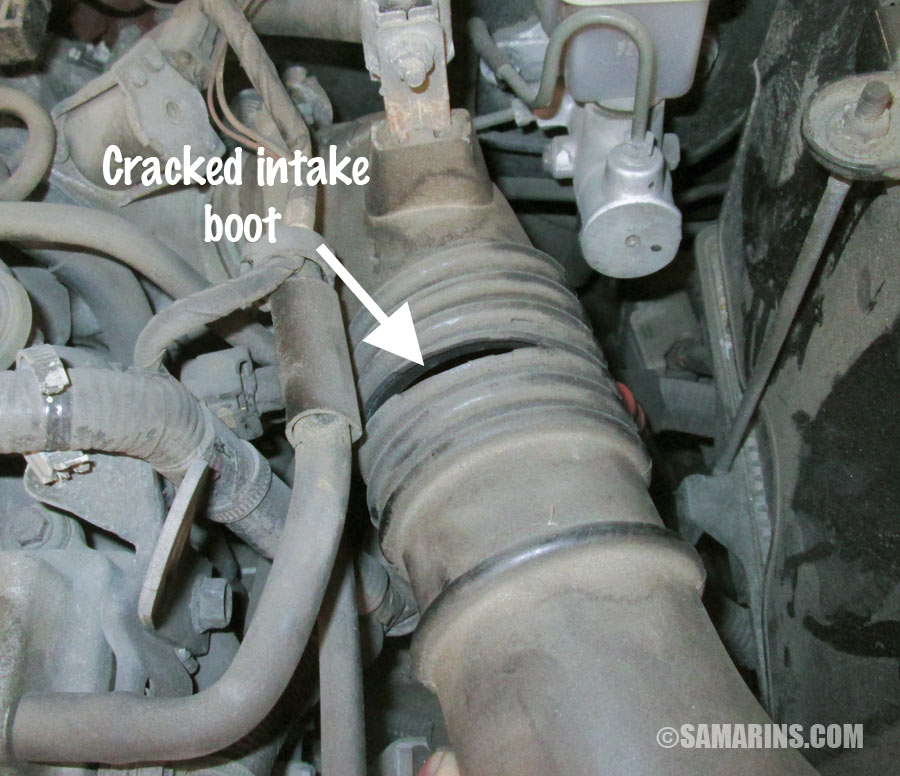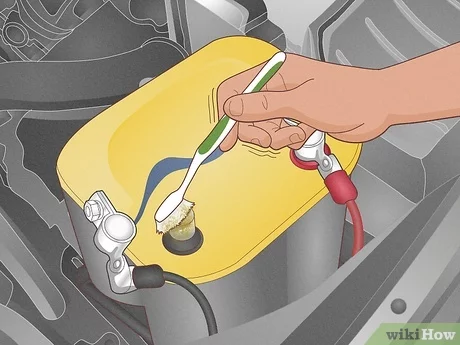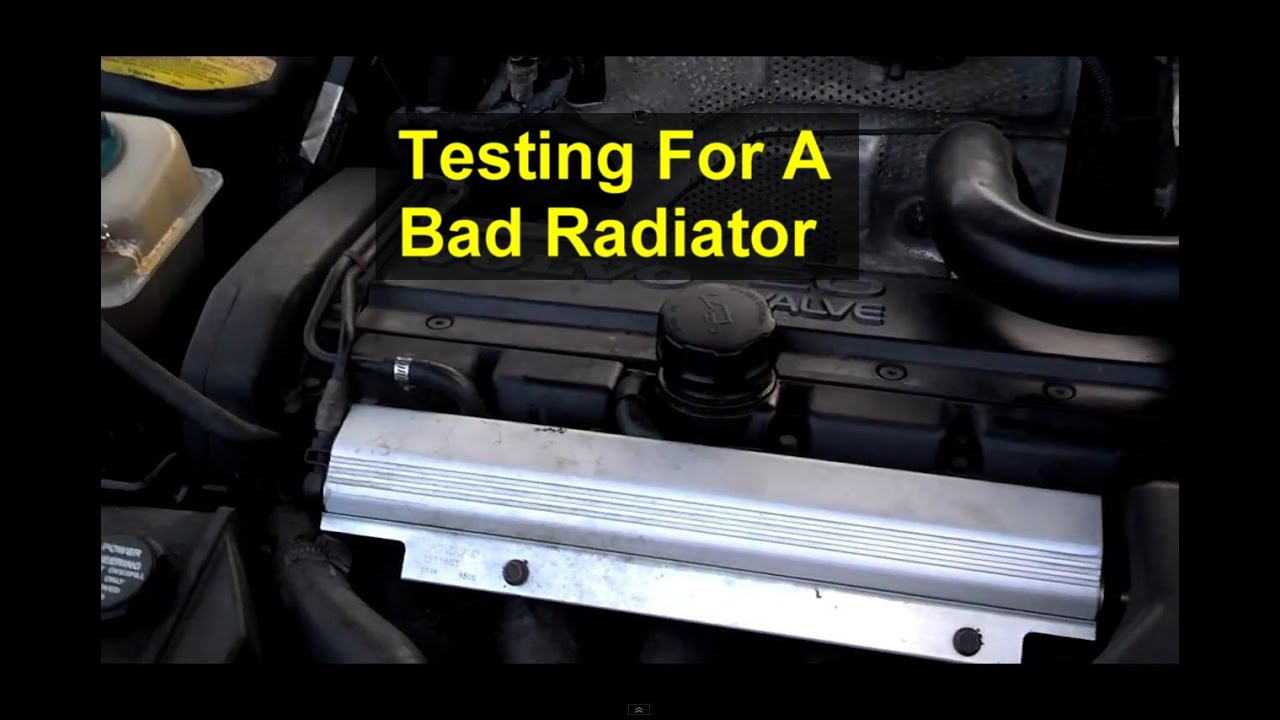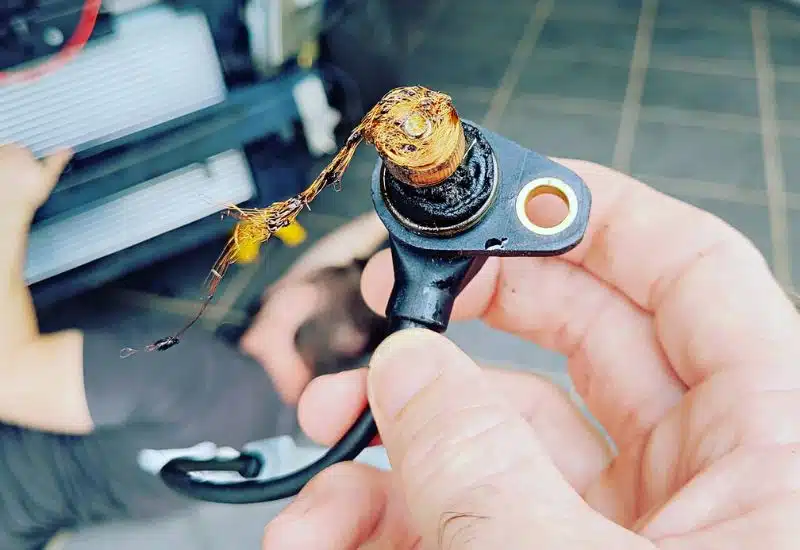Can a Bad Exhaust Cause Smoke
A bad exhaust can indeed cause smoke, usually indicating a vehicle issue. This smoke can vary in color, revealing different types of problems.
Maintaining a car in top condition is essential for performance and safety, and one indicator that something is awry is smoke coming from the exhaust. It’s not just a sign of possible inconvenience; it is often the car’s way of alerting the driver to potential damage within the system.
A defective exhaust system can lead to smoke emission, which may be blue, white, or black, each pointing towards various conditions such as oil leaks, coolant burns, or rich fuel mixtures. Car owners need to pay close attention to these signals as a bad exhaust not only impacts the vehicle’s efficiency but can also result in expensive repairs or even pose health risks due to toxic fumes. Detecting and addressing issues early on with the exhaust system is crucial for avoiding the escalation of damage and ensuring road safety.

Credit: m.youtube.com
Identifying Exhaust Smoke Signs
An engine that smokes is a wake-up call something might be wrong. Your car talks to you through the exhaust. To uncover the issue, pay attention to your car’s smoke signals. Smoke’s color, frequency, and duration offer vital clues. Let’s decode these signs for a healthier car.
Color Clues: What Different Smoke Shades Indicate
Smoke colors point to specific problems. Learn what each color means to diagnose your car.
| Color | Possible Issues |
|---|---|
| White | Coolant leak or condensation |
| Blue | Burning oil |
| Black | Too much fuel or clogged filter |
| Grey | Transmission fluid burn or stuck PCV valve |
Frequency And Duration: Measuring Smoke Emissions
Not just smoke color, but how often and for how long you see it, matters.
- Occasional – Could be normal; monitor changes.
- Consistent – Likely an internal problem.
- Temporary – Often benign, especially upon startup.
- Continuous – Urgent, get your car checked.
The Connection Between Exhaust Systems And Smoke
Smoke billowing from a vehicle is a clear signal something’s not right. The exhaust system plays
a vital role in your car’s well-being. This integral part works tirelessly to expel gases.
It whispers tales of your engine’s health. But what happens when this system falters?
Let’s explore the link between exhaust issues and the smoke they may cause.
Role Of The Exhaust In Engine Function
The key function of the exhaust system is to manage emissions from your engine.
It directs gases away, reducing harmful pollutants. This system includes manifolds, oxygen sensors,
the catalytic converter, mufflers, and pipes. It ensures optimal performance and engine
efficiency. A healthy exhaust equals a happy environment.
How Malfunctions Lead To Smoke
Multiple signs hint at exhaust problems. Early detection is crucial. When an exhaust component fails,
trouble looms. Here’s how faults cause smoke:
-
Color Matters: Black smoke often means fuel combustion issues.
Blue hints at burning oil. White suggests coolant leaks. - Leaks: Cracks or holes in the system can lead to fumes and smoke.
- Blocked Passages: A clogged catalytic converter restricts flow, causing backpressure and smoke.
-
Sensor Failures: Broken sensors mess with the fuel-air mix,
potentially to smoke signals.
Malfunctioning exhaust systems compromise vehicle integrity. Regular inspections and maintenance ensure
your car remains reliable and smoke-free.
Common Culprits: Faults That Lead To Smoke
Smoke emanating from a vehicle often signals a red flag. Among a fleet of potential issues, certain faults in the exhaust system frequently lead the charge in creating this ominous sign. Identifying these common culprits requires attention to specific components that, when compromised, result in smoke discharge. Not all smoke is created equal – understanding the root cause can save time and money. Explore these common exhaust system faults to keep your ride running smooth and smoke-free.
Cracked Or Leaking Manifolds
The exhaust manifold acts as a funnel, collecting exhaust gases from the engine cylinders and directing them out of the vehicle. A crack or leak in this component can lead to smoke, signaling a serious issue. This can arise from:
- Thermal stress due to constant heating and cooling.
- Aging and deterioration of manifold material.
- Physical damage from road debris or accidents.
Visible smoke and a noticeable decrease in engine performance are tell-tale signs.
Clogged Or Dirty Filters
Filters play a crucial role in maintaining clean air inside the engine and cabin. When clogged or dirty, they can restrict airflow, leading to an inefficient burn and resulting smoke. The key filters to keep an eye on include:
| Filter Type | Potential Impact When Clogged |
|---|---|
| Air Filter | Engine struggles, leading to black smoke. |
| Fuel Filter | Contaminated fuel supply, possibly emitting gray smoke. |
| Oil Filter | Impeded oil flow, increasing engine wear and smoke. |
Regular maintenance includes checking and replacing these filters to ward off potential smoke issues.
Assessing The Damage: When To Worry About Exhaust Smoke
Not all exhaust smoke spells disaster for your car, but knowing what to look out for is crucial in preventing more damage. A little smoke might not be a cause for alarm, but a persistent plume can indicate major issues. This section helps car owners differentiate between harmless smoke and signs of serious engine trouble.
Temporary Versus Persistent Smoke
Sometimes, seeing smoke is just a temporary reaction. It could mean condensation is burning off, especially on cold mornings. This smoke should disappear quickly. On the other hand, smoke that stays longer or happens regularly is a red flag.
Keep an eye out for these changes:
- Color changes in the smoke
- Increased smoke over time
- Smoke during regular driving conditions
Indicators Of Serious Engine Trouble
If you notice smoke, watch for these signs of engine trouble:
| Smoke Color | Possible Issue |
|---|---|
| Blue or Gray | Oil burning in engine |
| White | Coolant leak or overheating |
| Black | Too much fuel being burned |
Oil stains on your parking spot or strange sounds coming from the engine can also signal big problems. Watch your exhaust pipe for continuous smoke. Don’t wait to get your car checked out!
Diy Diagnostics And Professional Interventions
‘DIY Diagnostics and Professional Interventions’ can be your start point if you notice smoke from your exhaust. It’s crucial to understand what you can do at home and when to call an expert. Let’s explore how you can assess and address this issue safely and effectively.
Home-based Inspection Tips
Begin the diagnosis with a straightforward inspection at home. Pop the hood and look for these signs:
- Check oil levels: Low oil can cause overheating and smoke.
- Inspect the exhaust system: Look for visible damage or rust.
- Observe the smoke color: Different colors indicate various issues.
Do a smell test to identify any unusual odors. A sweet smell could mean a coolant leak. Use your owner’s manual as a guide during this process.
Knowing When To Call The Mechanic
Consider these factors to decide if professional help is needed:
- Unresolved issues after home inspections.
- Inconsistent engine performance: Stalling, misfires, or power loss.
- Persistent smoke: Continuous smoke output after startup.
Detailed knowledge and tools are often required for exhaust repairs. Always choose safety and contact a mechanic when uncertain.
Prevention And Maintenance: Keeping The Smoke Away
Want a car that runs clean and smooth? Keep the smoke away with simple care steps. Your car will thank you!
Regular Check-ups And Cleanings
Regular check-ups help stop smoke before it starts. They keep the exhaust healthy. Here’s how to do it right:
- Visual Inspections: Look at the exhaust. See any rust or damage? Get it checked.
- Cleaning: Clean parts work better. Keep the exhaust free of dirt and grime.
- Professional Help: Mechanics see what we miss. Take the car for a pro check-up once a year.
Timely Replacements And Upgrades
An old exhaust can cause smoke. Stay ahead with timely replacements and upgrades. Here’s a helpful list:
| Part | Signs It Needs Attention | Action |
|---|---|---|
| Muffler | Loud noises, rust | Replace it |
| Catalytic Converter | Bad smell, slow engine | Fix or upgrade |
| Oxygen Sensors | Bad mileage, warning lights | Get new ones |
Better parts mean less smoke. Give your car what it needs. Your wallet and the air will both breathe easier!
Frequently Asked Questions On Can A Bad Exhaust Cause Smoke
Can A Bad Exhaust Cause Engine Smoke?
Yes, a faulty exhaust system can lead to engine smoke. If the exhaust system is compromised, it may cause increased backpressure. This, in turn, could lead to engine oil leaking into the combustion chamber, which burns and produces smoke.
What Color Smoke Indicates An Exhaust Problem?
Blue or gray exhaust smoke often indicates an exhaust problem. This color smoke could suggest oil is burning within the engine, which might signify a leak in the exhaust system allowing oil to seep in, or an issue with the engine’s oil seals.
Does Exhaust Smoke Always Mean Serious Damage?
Not always. While any exhaust smoke can signal potential issues, the severity ranges from minor problems, like a small leak, to major concerns like engine damage. A proper diagnosis by a professional is essential to determine the actual level of damage.
How Can I Tell If My Exhaust Is Causing Smoke?
Observe the exhaust smoke’s color and timing. Blue smoke can indicate oil burning, white smoke often means coolant leaks, and black smoke usually points to overly rich fuel mixtures. Consistent smoke, especially while accelerating, might point toward an exhaust issue.
Conclusion
Experiencing smoke from your exhaust can be alarming. It often signals underlying problems that need swift attention. Regular maintenance checks can prevent such issues. Remember, a healthy exhaust system is crucial for optimal car performance and environmental safety. Act quickly to address any smoke to ensure your vehicle remains in top condition.

